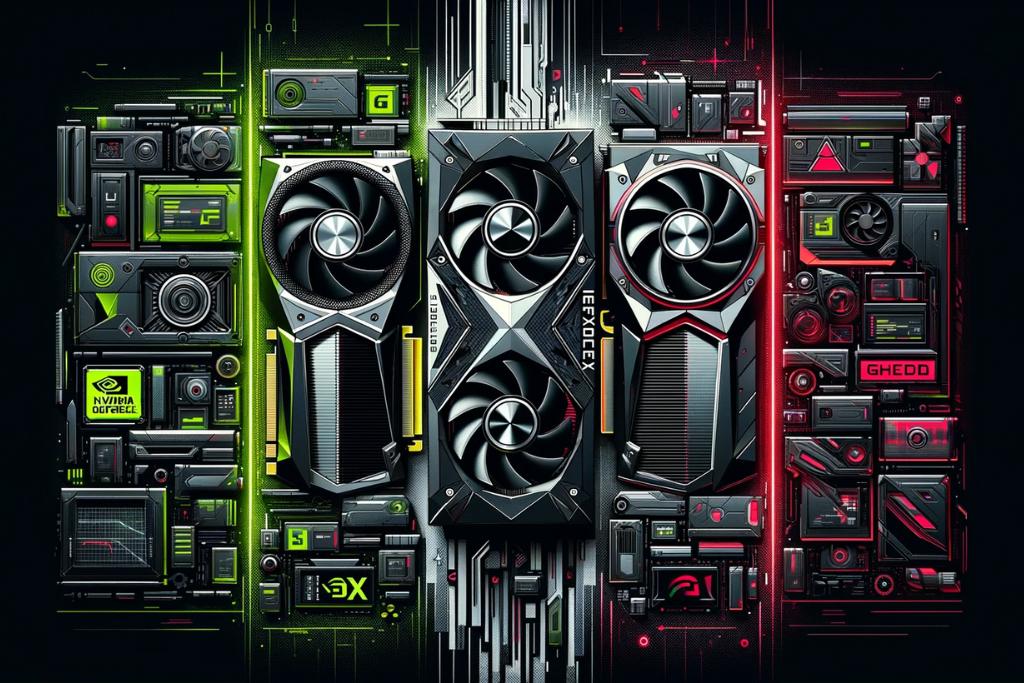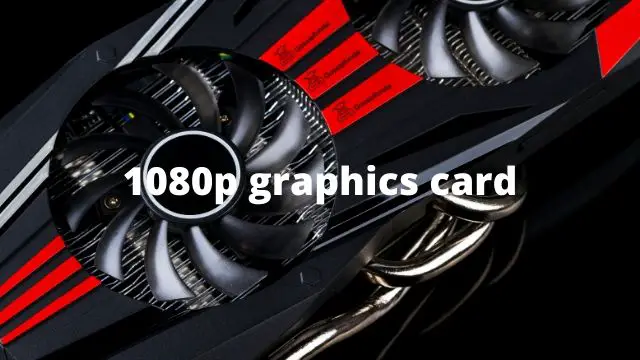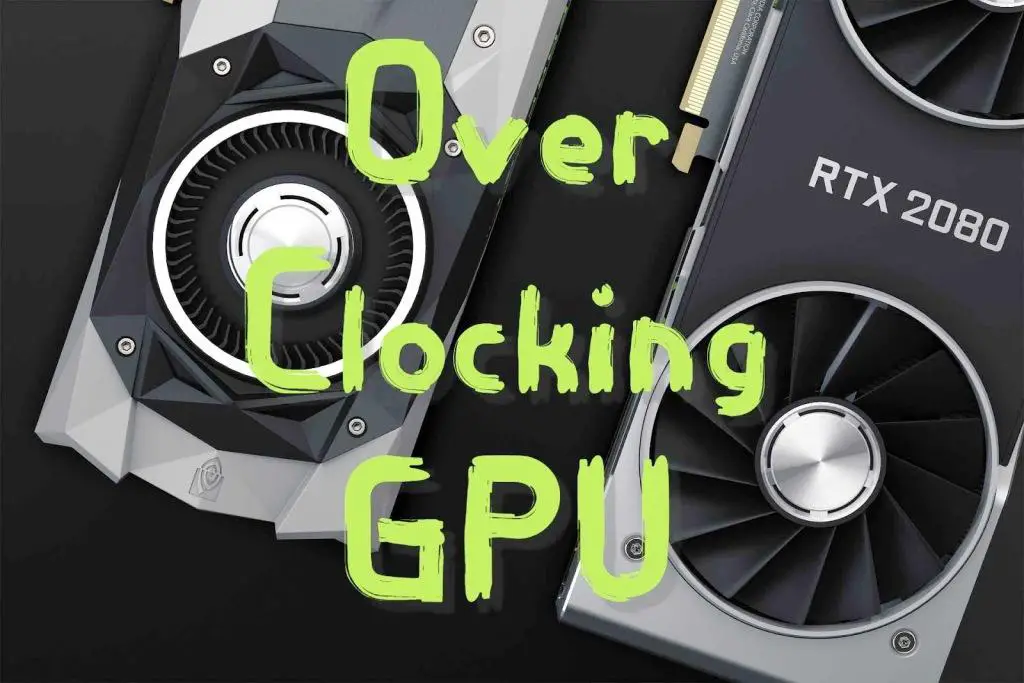Choosing the best graphics card for video editing among the NVIDIA GeForce GTX 1660 Super, AMD Radeon RX 6600, and NVIDIA GeForce RTX 3050 involves considering their individual strengths and how they align with your specific video editing needs. As of my last update in April 2023, here’s a comparison:

- NVIDIA GeForce GTX 1660 Super:
- Strengths: Known for its excellent performance-to-price ratio. It’s a solid choice for 1080p and 1440p video editing. The GTX 1660 Super also benefits from NVIDIA’s strong driver support and CUDA core architecture, which is well-optimized for many video editing applications.
- Limitations: Lacks hardware-accelerated ray tracing and DLSS features, which are more relevant to gaming than video editing.
- AMD Radeon RX 6600:
- Strengths: The RX 6600 is a strong competitor in its price range, offering good performance for 1080p and 1440p editing. AMD cards often perform well with software like DaVinci Resolve, which can leverage their architecture efficiently.
- Limitations: May not be as well-optimized as NVIDIA cards for some Adobe applications due to less mature support for AMD’s hardware in certain video editing software.
- NVIDIA GeForce RTX 3050:
- Strengths: The RTX 3050 includes RTX-specific features like ray tracing and DLSS, although these are more relevant to gaming. For video editing, its advantage lies in the newer Ampere architecture, which may offer improved efficiency and performance in some tasks over the older Turing architecture of the 1660 Super.
- Limitations: Typically, the RTX 3050 has less VRAM than the GTX 1660 Super, which might be a limiting factor in handling high-resolution video editing.
Best for Video Editing:
- If your primary video editing software is Adobe Premiere Pro or similar, the NVIDIA GTX 1660 Super could be the best choice due to its CUDA optimization and good performance for the price.
- If you use DaVinci Resolve or software that leverages AMD’s architecture efficiently, or if you prefer AMD’s ecosystem, the AMD Radeon RX 6600 might be more suitable.
- For a more recent GPU with some future-proofing and if you are interested in exploring or utilizing ray tracing for other applications, the NVIDIA RTX 3050 could be a good option, despite its lower VRAM.
Ultimately, the best choice depends on your specific workflow, the video editing software you use most, and your budget. All three cards are capable performers for video editing, particularly at 1080p and some 1440p workloads.
Awill Guru is a technology enthusiast with degrees in VLSI Engineering (B.Tech, M.Tech) and Android Development. Their passion for education drives them to teach and share knowledge through their blog. He also hold qualifications in Sociology (M.A.) and Education (B.Ed), along with NIELIT O and A Level certifications.


